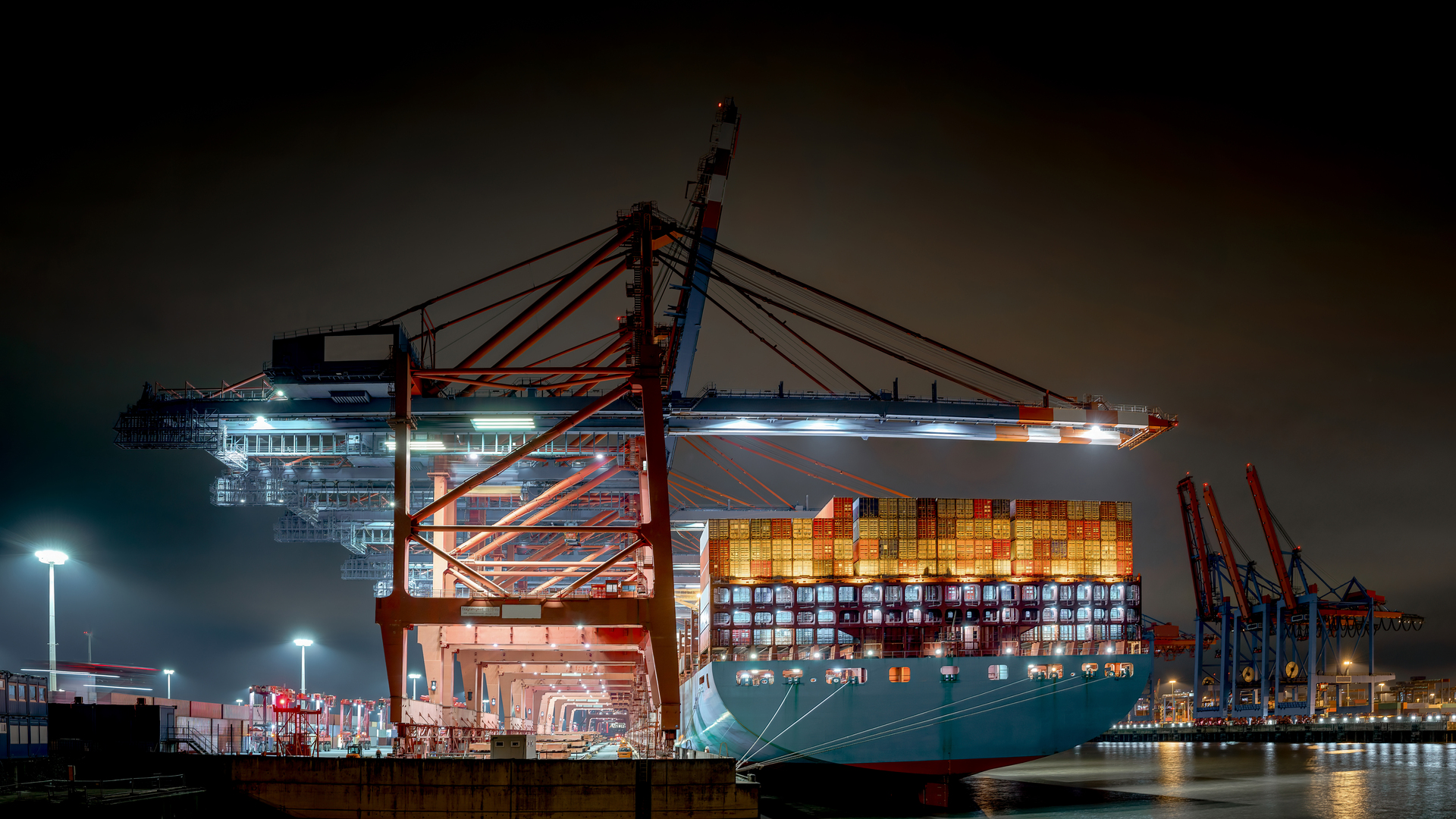
As global multipurpose vessel (MPV) operators grapple with worsening congestion at key ports like Houston, Rotterdam, and Jeddah, carriers are turning to data-driven decisions and flexible routing strategies. By shifting to alternative ports and leveraging real-time visibility tools, logistics providers are redefining how project and breakbulk cargo keeps moving through today’s congested maritime corridors.
Global breakbulk and project cargo demand has surged in2025—driven by energy and infrastructure projects. But that growth has come with a price: port congestion.
In Houston, MPV waiting times have jumped six-fold—from just seven days in August 2024 to 42 days this August, according to Esgian. Similar gridlocks are unfolding in Rotterdam, where cumulative anchorage times have tripled, and across the Middle East and South America, where vessels are facing up to 30-day delays.
For MPV carriers like G2 Ocean, AAL Shipping, and dship Carriers, delays at terminals are stretching schedules, disrupting cargo sequences, and increasing operational costs.
Breakbulk cargoes—such as offshore wind components, steel plates, and energy project modules—require specialized handling. These operations are slower and labor-intensive compared to containerized freight.
With new industrial and energy projects adding heavy-lift cargo to already busy terminals, dockworkers are being drawn to ports near major construction zones, creating labor imbalances and bottlenecks elsewhere.
In Europe, Rotterdam and Hamburg are feeling the impact most acutely. Esgian’s data shows Rotterdam now handles roughly 224 MPV calls per month, 78% of which are linked to project cargo for offshore wind and carbon-capture projects.
Faced with extended waiting times and unpredictable schedules, operators are adopting a mix of tactical flexibility and digital innovation:
As G2 Ocean’s Edwin Peh explains, “Digital tools provide the flexibility to bypass the most congested ports—ensuring customers’ cargo keeps moving, even in challenging conditions.”
The move toward digital-assisted operations reflects a broader trend in logistics: data and visibility are becoming as valuable as physical assets.
While alternative ports may mean longer transit times or additional paperwork, the ability to maintain reliability is now a key differentiator. For global shippers managing complex project timelines, proactive congestion management can make or break delivery milestones.
At Worldtop & Meta, we see this as part of a larger transformation in maritime logistics—where real-time decision-making, predictive analytics, and multimodal integration will define the next decade of resilience and efficiency.